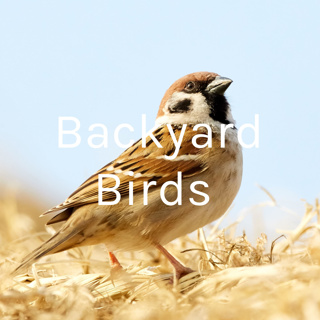Jaksokuvaus
Recorded by JB in Ridgewood, Queensland - part of the Sunshine Coast in the Noosa District. From JB: “Noose region has over 300 native bird species, a third of Australia’s total. A very special place. Most of the birdsong was coming from a forested gully (Notophyll vine forest to be exact), surrounded by semi-open pasture and rolling hills. The recording was taken as the sun was just starting to rise, so this is the birds waking-up song. This morning was especially dense with species and output. Some of the species I can identify in the recording: Eastern Whipbird (Psophodes olivaceus). Whipbirds are an ancient group of species found nowhere else on earth. The male and female make up two parts of a full call - the male starts the whip sound and female replies with a chew-chew. Laughing Kookaburra (Dacelo gigas). Unfortunately didn’t really capture them in full song. Largest member of the Kingfisher family. According to an Aboriginal legend, the kookaburra’s famous chorus of laughter every morning is a signal for the sky people to light the great fire that illuminates and warms the earth by day. To imitate the laugh is taboo, for the sky people may take offence and plunge the earth back into stern darkness. Butcherbird (Either grey or pied - Cracticus family). A beautiful little bird with amazing vocal talent and spectrum. Likened to a small magpie. Golden Whistler (Pachycephala pectoralis) A sweet little, and rather tame bird with beautiful golden breast and a lovely song. Green Catbird (Ailuroedus crassirostris). This one appears in the distance at 3.11, 3.24, 3.54, 4.21. Sounds akin to a cat or human infant cry. Noisy Miner (Manorina melanocephala). Appears at the end of the recording- 5.08. Very common species.

